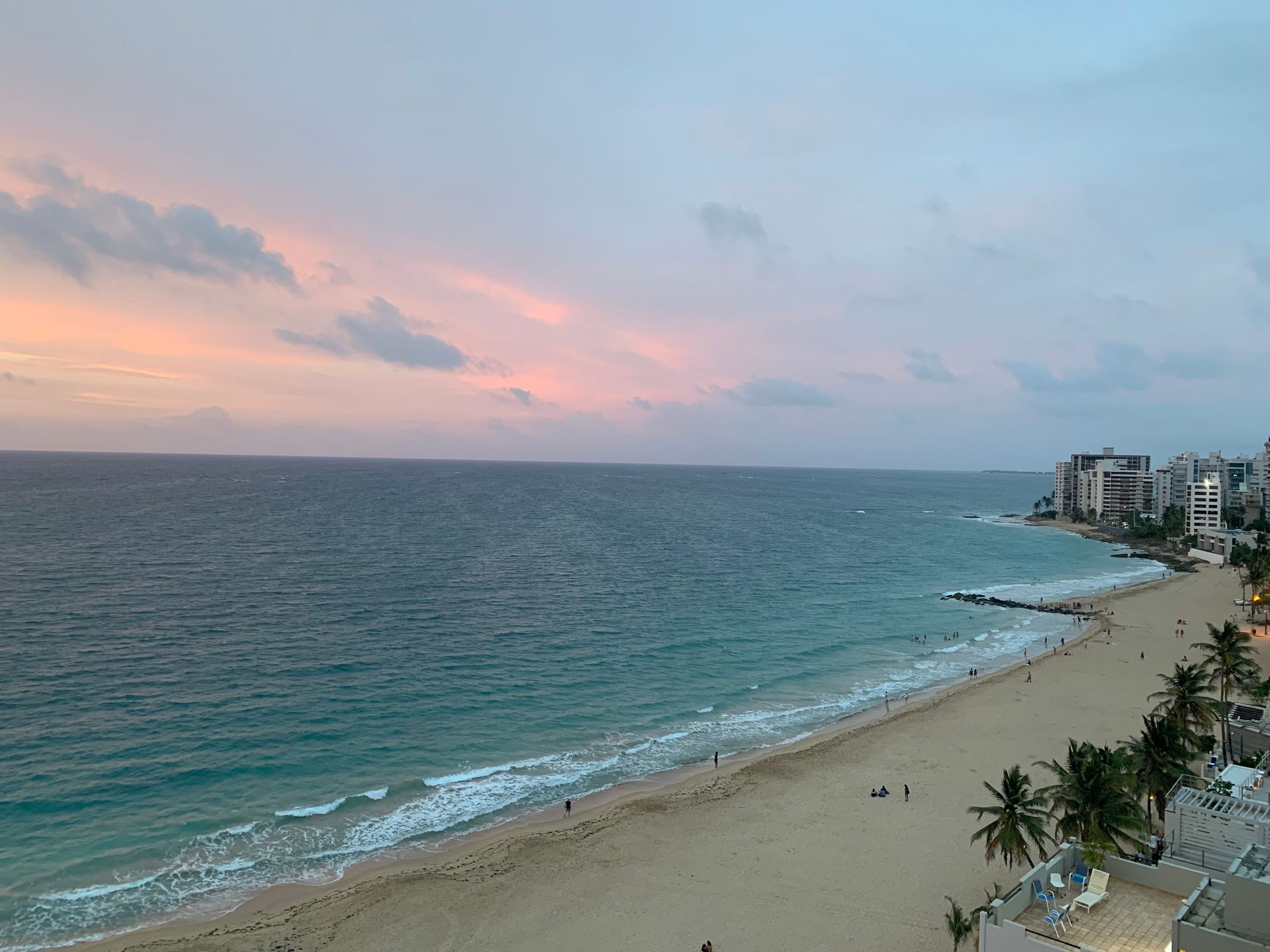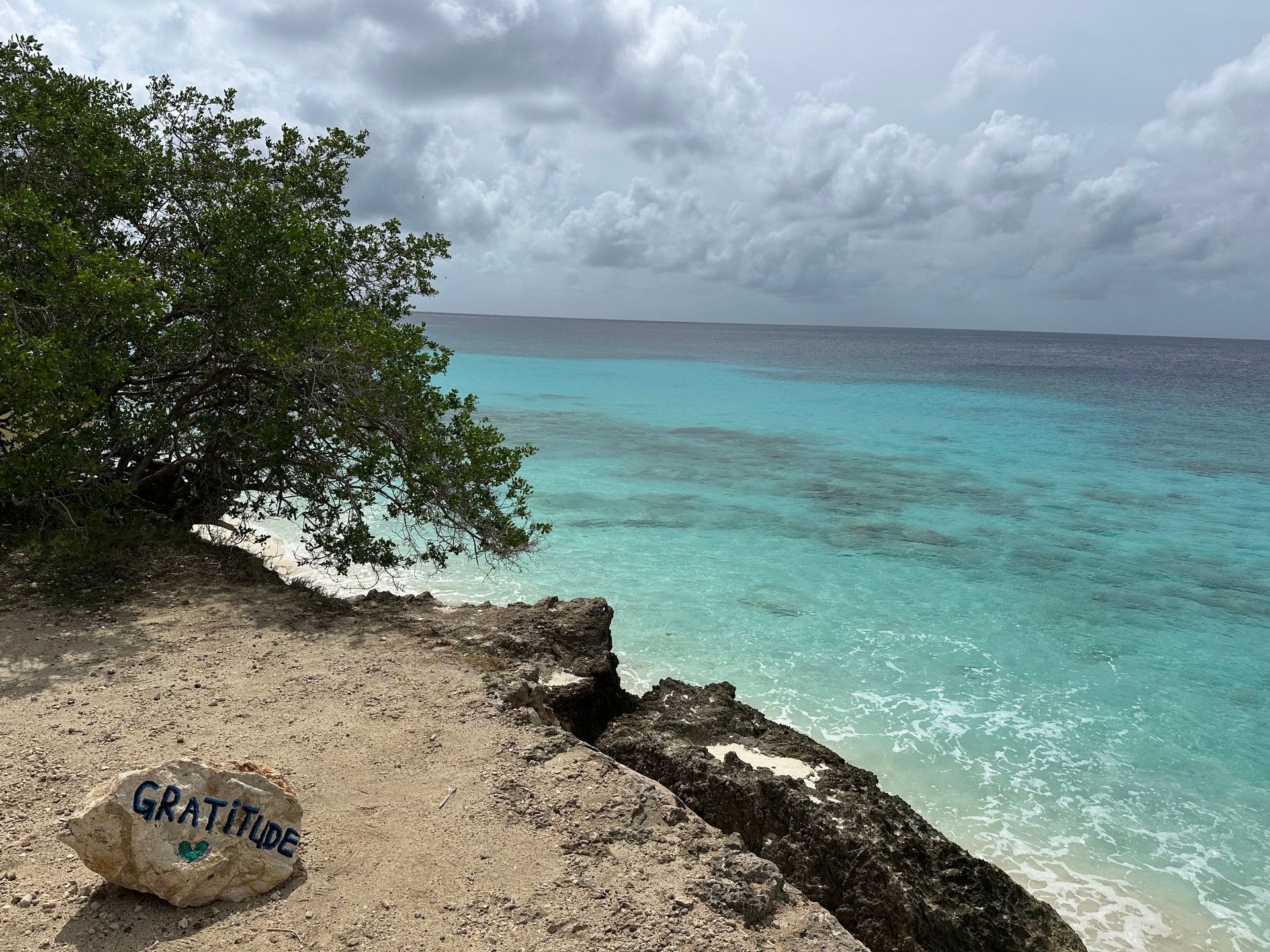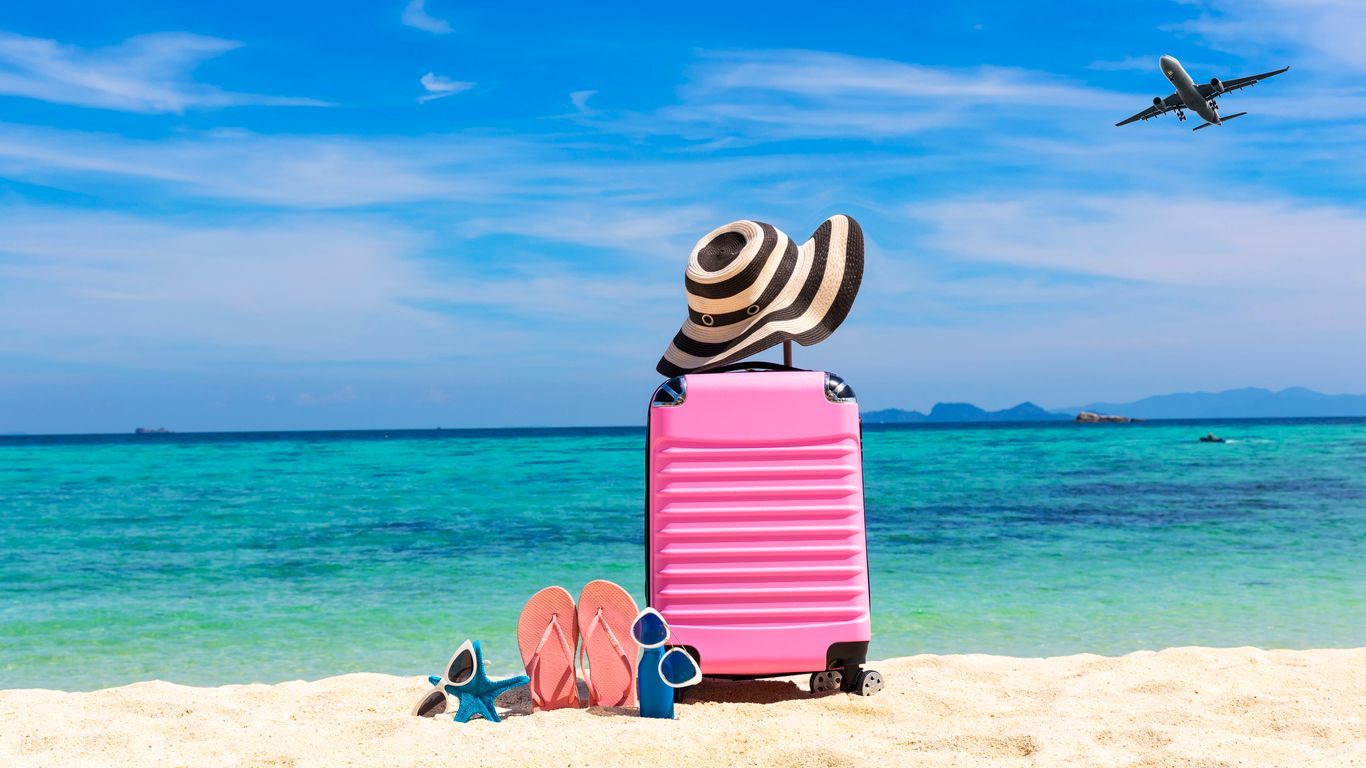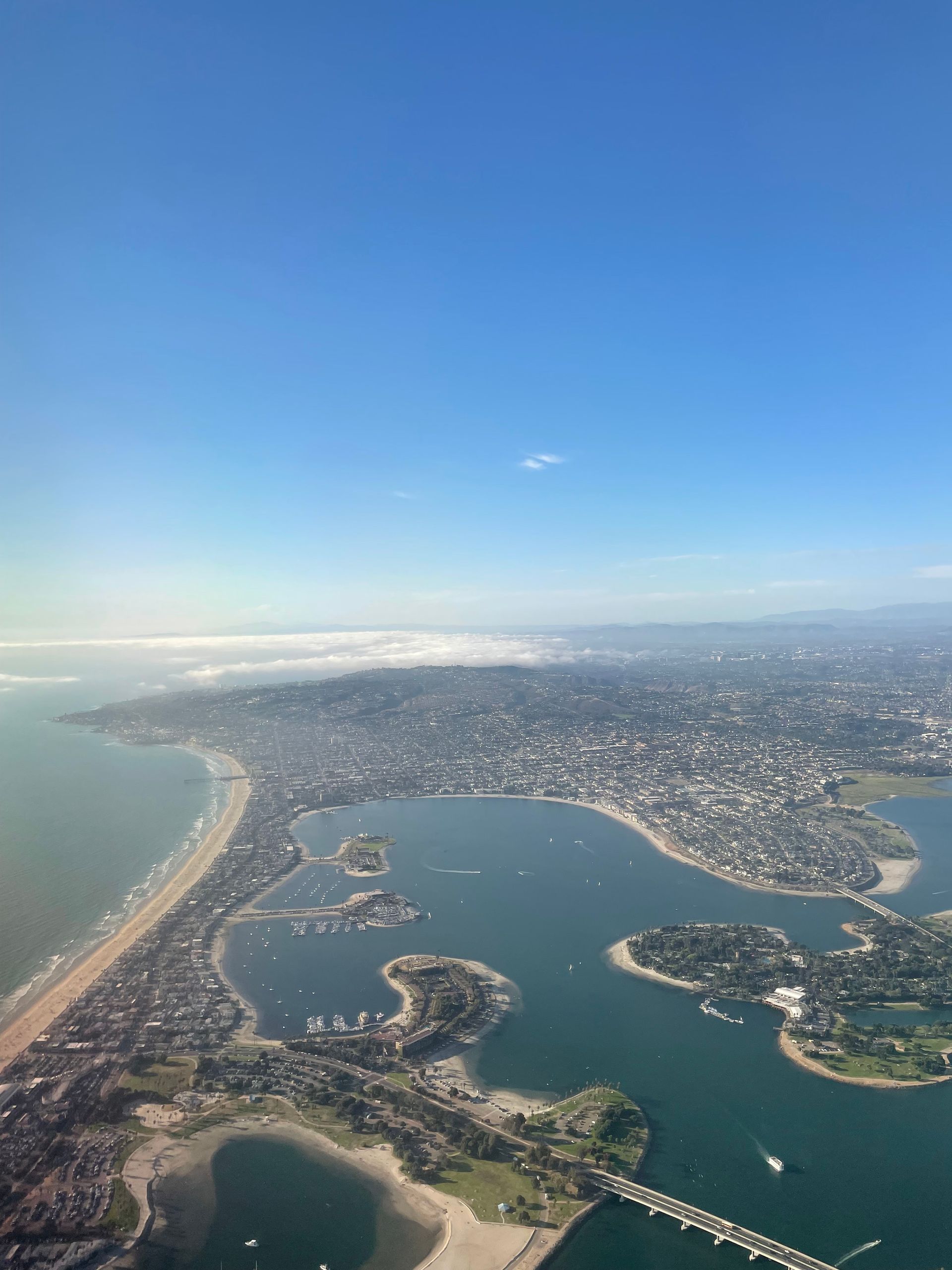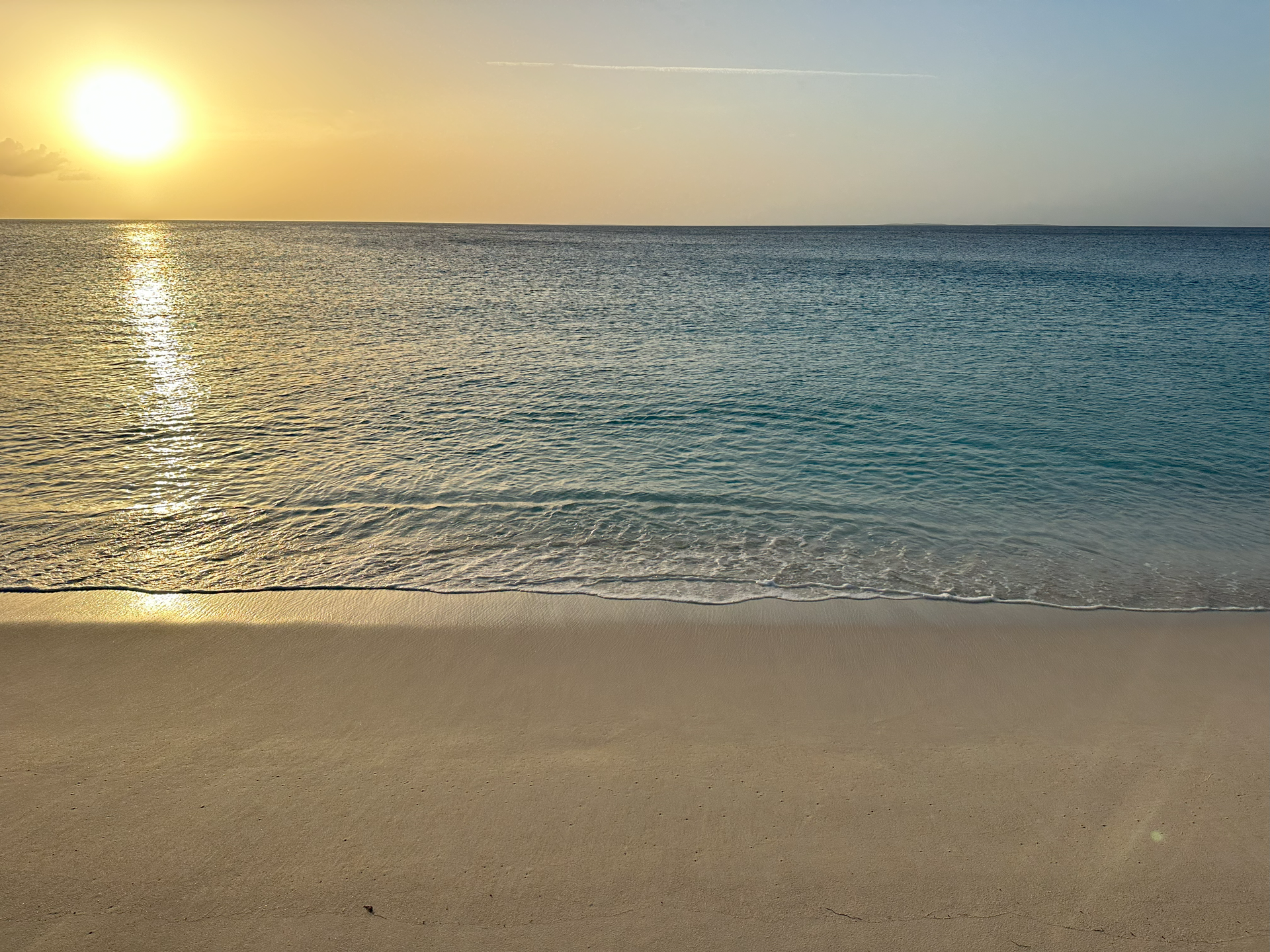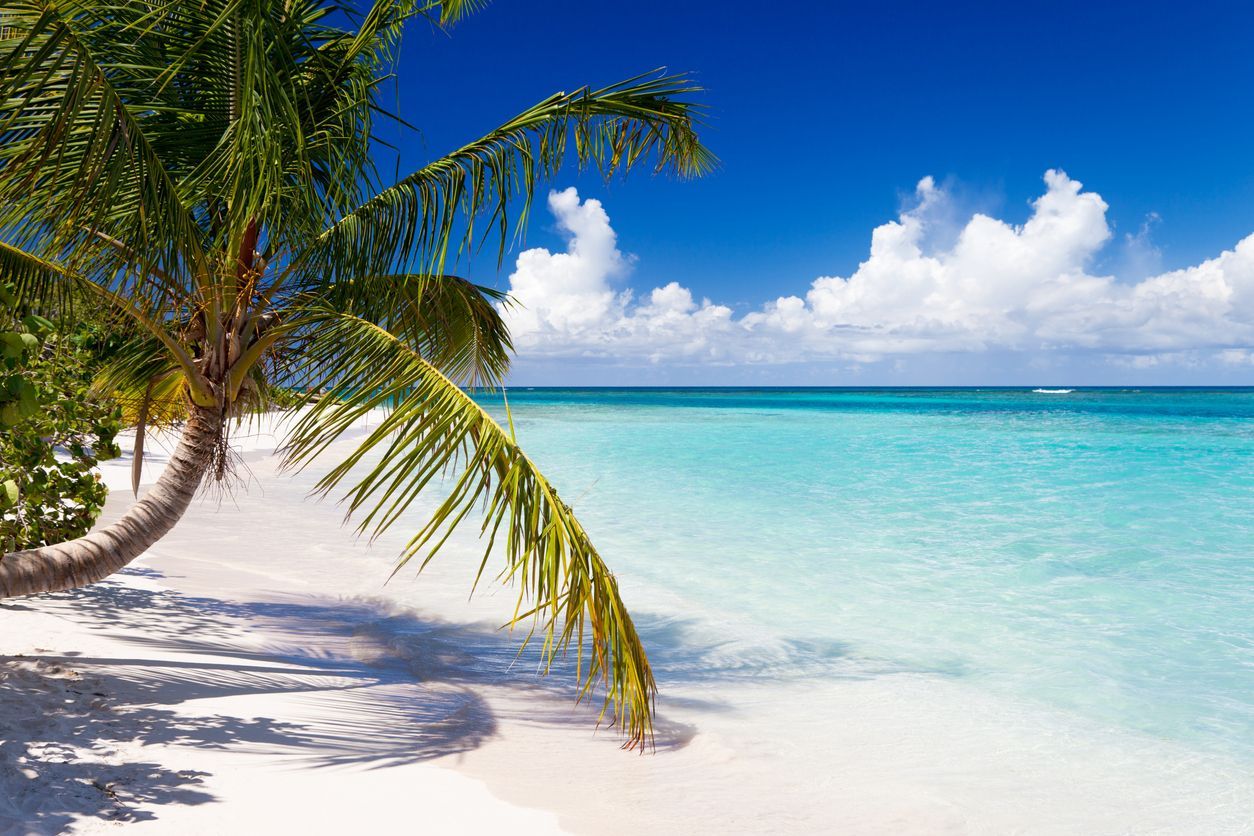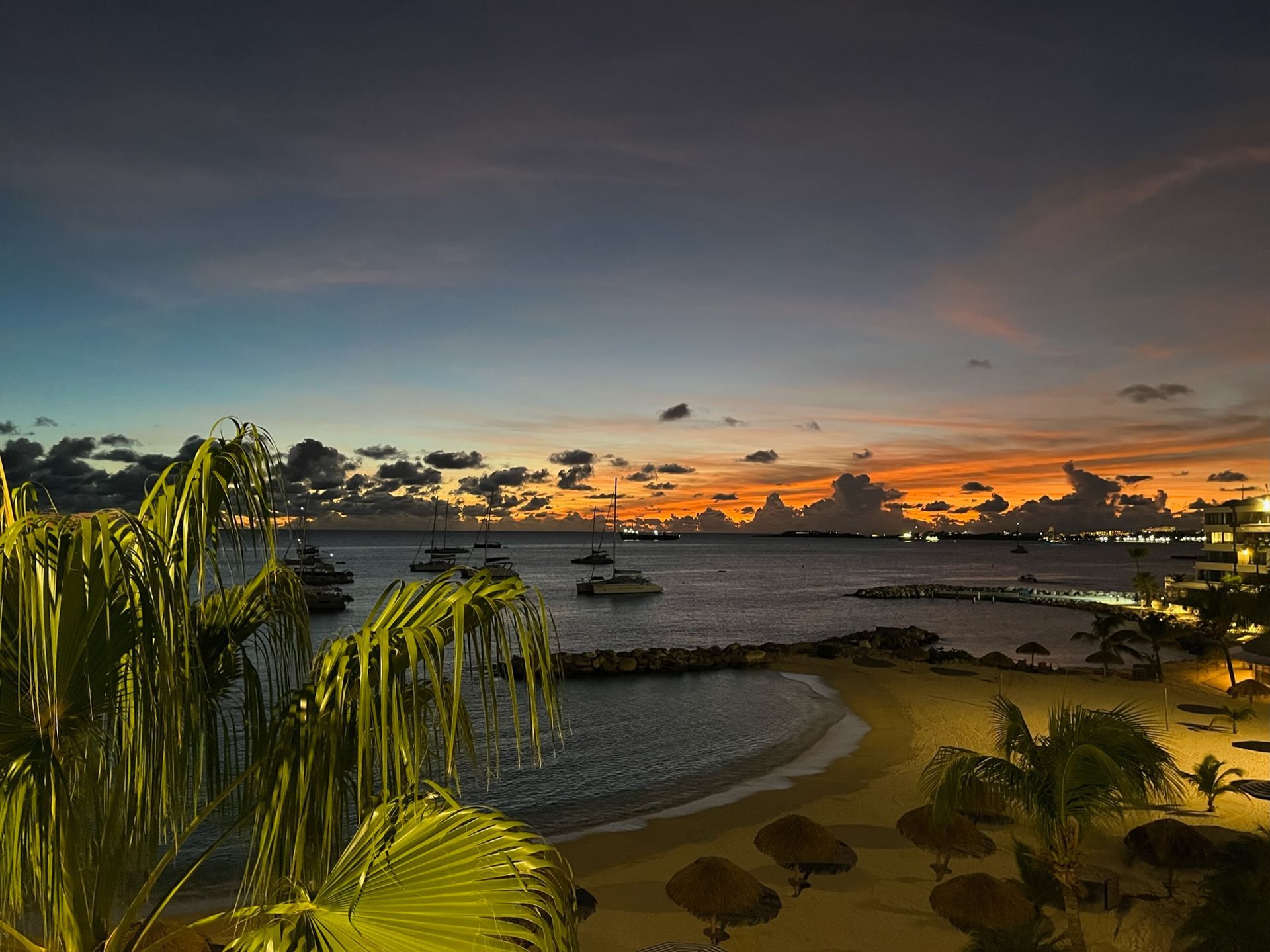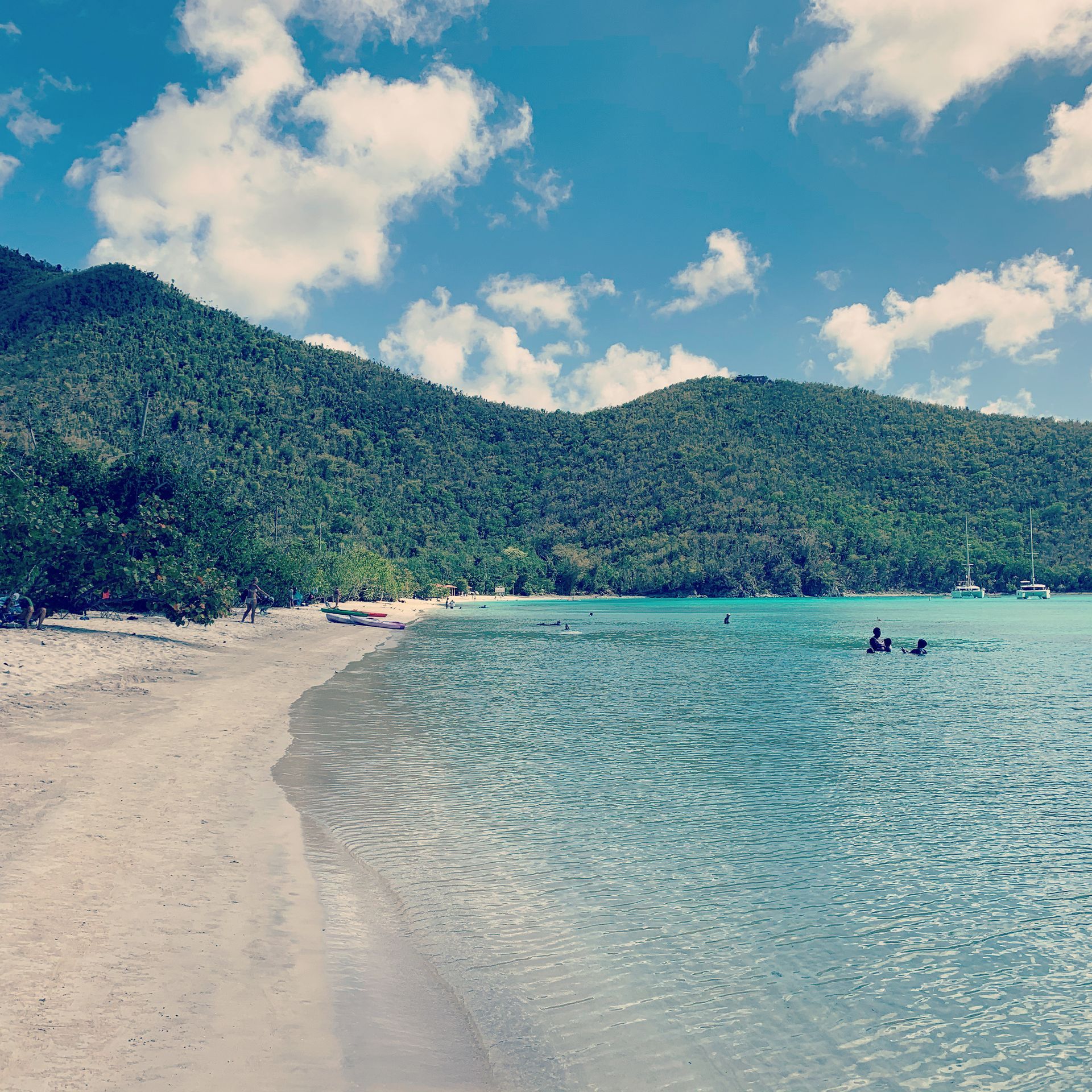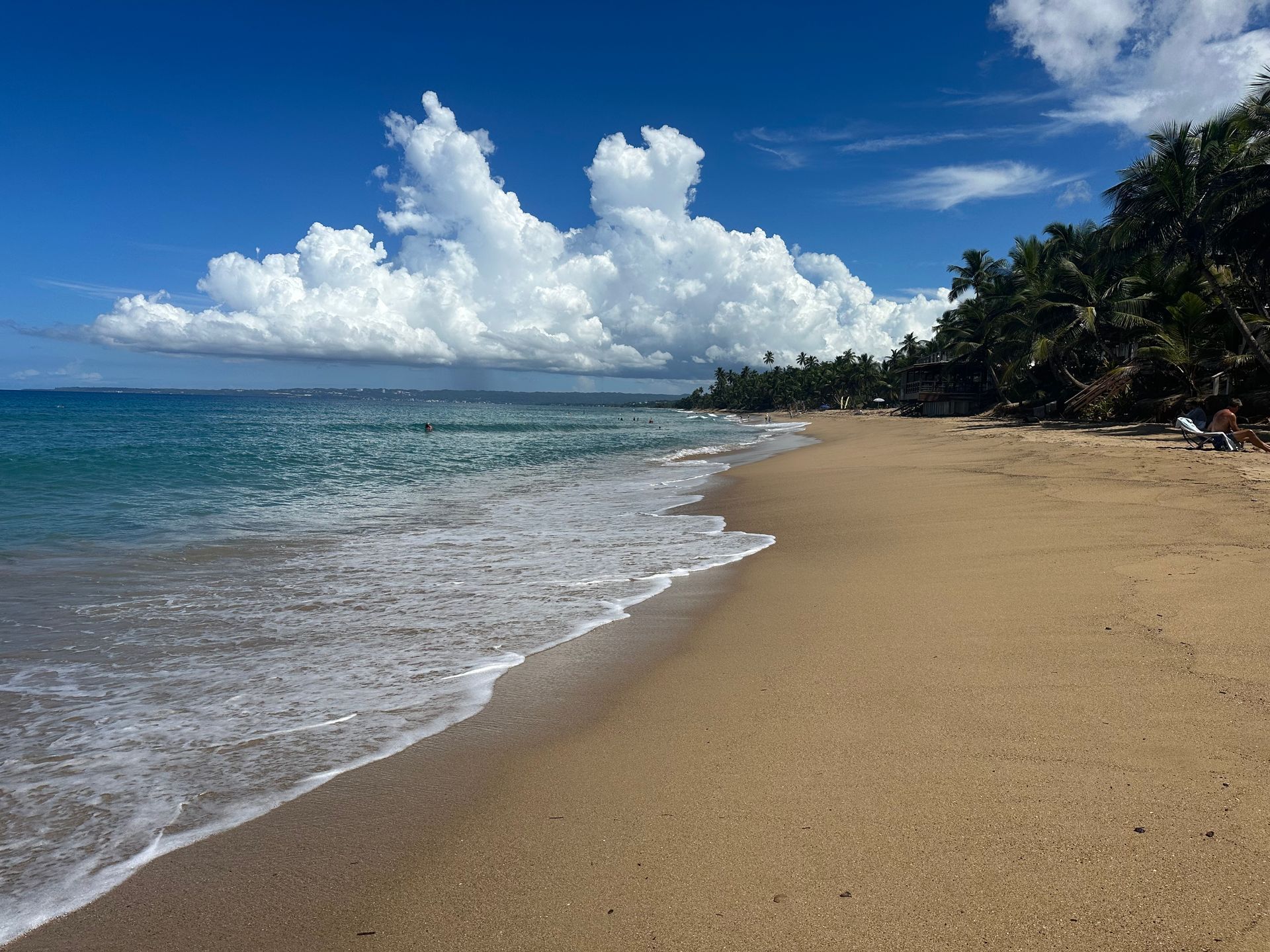What do you need to know before traveling to Puerto Rico
I have spent hundreds of hours on Puerto Rico travel pages answering a lot of the same questions over and over, so I decided to write this blog answering some of the most frequently asked questions and concerns visitors face when visiting Puerto Rico. This is largely based on my experience from many, many trips to the island, along with the advice that locals regularly give on travel pages.
A little about Puerto Rico
Puerto Rico is a commonwealth and an unincorporated territory of the United States. For travel purposes, this means you do not need a passport to enter Puerto Rico if you are a US citizen, you do not need to go through customs, and the US Dollar is the official currency. The official languages are both Spanish and English, and both are spoken by most people on the island. My Spanish is shaky at best, and if I can get by living on the island, you certainly won’t have any trouble communicating with local people during your vacation.
Pro tip: The Google translate app is very useful, get to know the features it offers before your trip.
Is Puerto Rico Safe?
I found Puerto Rico to be very safe, especially outside of the San Juan metro area. Some people will warn you to stay away from La Perla (don’t worry, it’s not somewhere you can accidentally wander into) but even there, as long as you are respectful and don’t go looking for trouble, you will be fine. San Juan is far safer than most major US cities, just use normal travel precautions.
Layout of the island
Puerto Rico is shaped similar to a football, in that it’s longer than it is wide. Most people refer to five different areas, North, East, South, West and the mountains. The North consists of San Juan (and its suburbs, like Isla Verde and Carolina) Dorado, Vega Baja and Arecibo. The East is Luquillo, Fajardo, El Yunque and Ceiba. The South is Palmas Del Mar, Maunabo, Ponce and Guanica. The West is Isabela, Aguadilla, Rincon and Cabo Rojo. There are many other areas within these regions, but these are the main tourist areas in each. Most of the coastal areas are flat, while if you venture into the center of the island it quickly gains in elevation and is mostly mountains.
San Juan
San Juan is the capital, is by far the largest city on the island, and is the fourth largest city in the Caribbean islands. To put it into perspective, the population of Puerto Rico is roughly 3,222,000, while the population of San Juan is 2,437,000, which means 75% of the islanders live in San Juan. On top of that, the island gets over a million tourist a year, and the vast majority of them stay in San Juan. Staying in San Juan has its benefits; its where the biggest airport is located, so it’s an ideal location for short trips, it has the most nightlife and a wide variety of restaurants, hotels and short-term rentals. The downside is, it is crowded, has the worst traffic on the island, and prices tend to be higher.
Where to stay in San Juan
Stay in the Condado neighborhood if your main priority is to be within walking distance of nightlife and restaurants. It’s also very easy to get to Old San Juan from this neighborhood. The beach in Condado is beautiful but isn’t always the best beach for swimming due to the rip tides. Always check for red flag warnings before you swim at Condado Beach.
If being able to swim in the ocean is your main priority, then I recommend staying in Isla Verde or Ocean Park. Both are great neighborhoods with a really nice beach. They are very close to the airport, so you do get some airplane noise, but I never found it to be much of a problem. There are restaurants and bars in these neighborhoods, but there aren’t as many you can to walk to like in Condado, and it’s further from Old San Juan.
Old San Juan (also known as Viejo San Juan) is adjacent to San Juan metro and is a beautiful, old town, lined with colorful buildings and cobble stoned streets. Surrounding the town is a fort, Castillo San Felipe del Morro, build by the Spanish in the 16th century. I highly recommend spending a day here if you are in the area. Parking and driving in this area can be challenging, so I recommend taking an Uber. I like staying a night or two in Old San Juan, but I don’t recommend spending your whole trip in this town. Getting in and out is a hassle and there are no good beaches in Old San Juan.
Pro tip: If you aren’t staying in San Juan but want to drive to Old San Juan, park at the T-Mobile District and take an Uber into the area. It will be easier and cheaper than trying to find parking. Have the Uber driver drop you off at El Morro and walk around from there, that way it will be mostly downhill.
Most people come to Puerto Rico and never leave San Juan. To each their own, but if you choose to do this, please don’t judge all of Puerto Rico by this one area. Think of the biggest city in your state and imagine if people thought your whole state was just like that city. I highly recommend getting out of San Juan if you really want to experience the island to its fullest.

The East Side
If you decide to stay on the east side of the island, I recommend staying in Luquillo. It has the best beach and is a good central location to explore San Juan, El Yunque Rainforest, Fajardo and the outer islands of Culebra and Vieques. If you plan to go to the outer islands, this blog has some helpful information on how to get there. The east side is easy to get to from San Juan and has several good hotels and short term rental options. It’s not as crowned as San Juan, but it does tend to get more tourist and will be more crowed than the rest of the island.
The West Side
This is personally my favorite part of the island. I love nature and I don’t like crowds, if that describes you then you won’t regret making the trek to the west coast of Puerto Rico. The beaches are beautiful and numerous, it’s way less crowded that San Juan or the east side, and there are no huge hotels. My favorite town is Rincon, you can read more about that area here. Some other great places to stay are Isabela, Aguadilla, and Cabo Rojo. Aguada is a cheaper option on the west side, but it is a very small town so you will most likely spend a lot of your time traveling to other places. Mayaguez is the biggest city on the west side, but I don’t recommend staying here unless you just want a central place just to lay your head. It’s safe, but not very pretty and doesn’t have much in the way of beaches, plus traffic can be pretty bad going through Mayaguez.
Pro tip: if you want to stay on the west side but don’t want to make the two and a half to three-hour drive from San Juan, see if you can fly directly into Aguadilla on JetBlue, Spirit and United, or take Cape Air to Mayaguez from SJU.
The South Side
The south side of the island will have the fewest tourists and is mostly made up of small towns, with Ponce being the largest city in the south. There are a few nice beaches in this area, but they are few and far between, with most of them being closer to the south-west corner of the island. Ponce has a rich history and some interesting cultural attractions, ideal for those who want to visit museums or coffee plantations. I haven’t spent as much time in the southern part of the islands as I have elsewhere, so this is a good site to read more about Ponce.
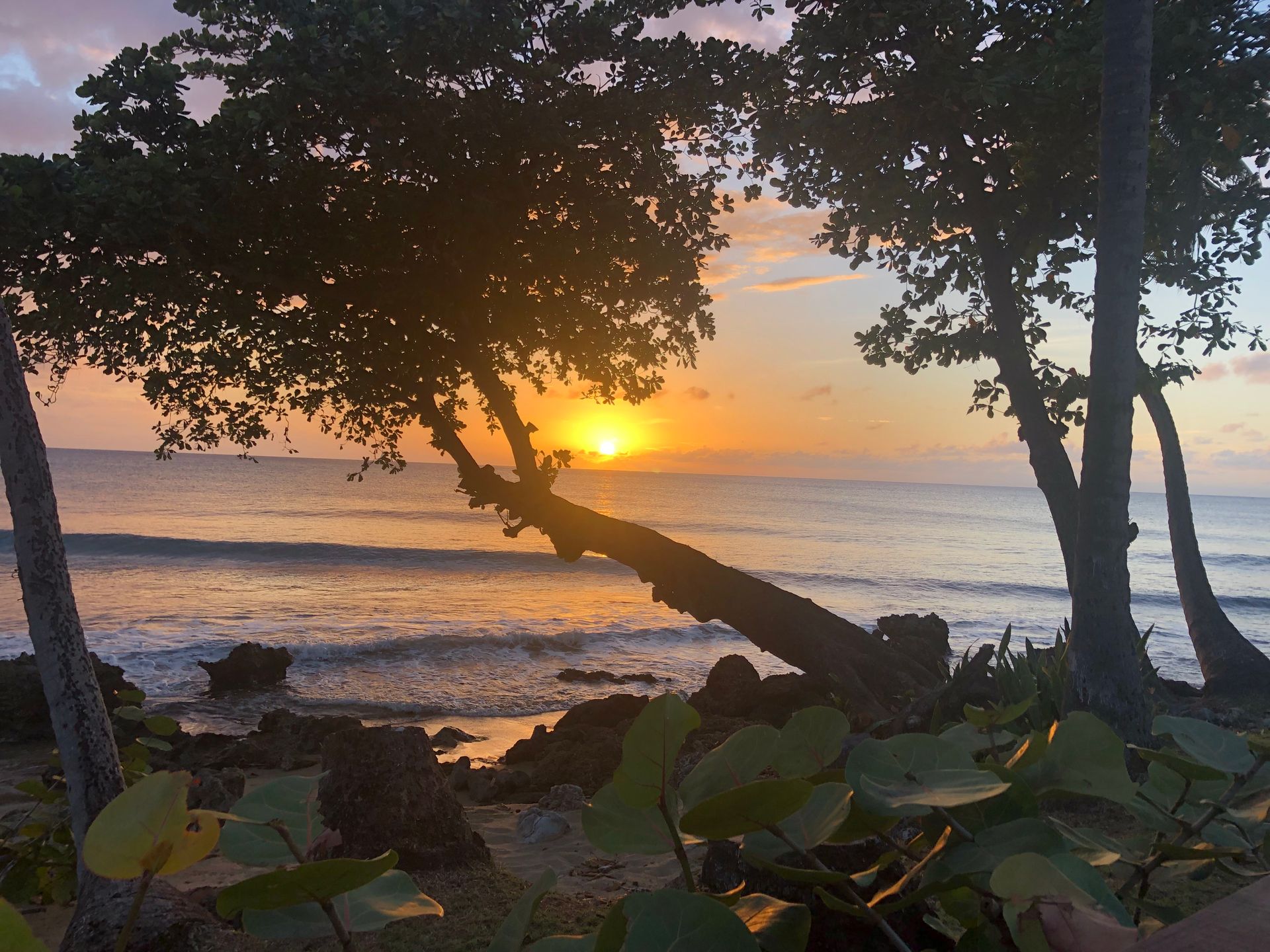
Driving in Puerto Rico
This experience varies widely from person to person, what I’ve learned is that it’s very relative to what you are used to. I am from Southern California, where people drive fast and turn signals aren’t always expected. I find driving in Puerto Rico to be easy and think places like Miami and DC have much more aggressive drivers. If you are from a smaller town, you might find driving a little crazier on the island, but I doubt you will ever feel unsafe. The perimeter of the island along the coast is where most people drive, and these roads are largely made up of well-maintained freeways or highways. On the freeways, sometimes exits are on the left side of the road, so stay in a center lane to avoid getting off on the wrong exit. On the highways it’s common curiosity on the island to let cars in from a side street, so tourist often think they are being cut off, when in fact a driver just thinks you are letting them merge in. If you head into the mountains, you’ll be fine if you stay on highways, but once you leave a highway the roads can be very narrow and very windy. Take your time and go slow.
Pro tip: Sometimes streets have more than one name and often don’t have a sign. Addresses are different than in the states, and some places don’t have an address at all. It’s best to drop a pin at your exact location on Google Maps and drive to it. If you are staying in a short-term rental, have the host send you a Google Maps pin in advance and download the directions so they can be accessed if you lose wifi.
Running Red Lights
After midnight there is an unwritten custom to not stop at red lights, but it’s not technically allowed by law so you can still get a ticket. This doesn’t mean that people just blow through stop lights at 60mph, they do more of a California stop, when they slow down and look to make sure the intersection is empty, then proceed without coming to a full stop. This is mostly done in more rural areas where the streets are very quiet at night. I wouldn’t attempt this in a heavily populated area like San Juan. According to the National Insurance Crime Bureau, Puerto Rico has the 3rd lowest car thief rates when compared to all US states; less than Idaho, West Virgina and Wyoming, so I wouldn’t worry about getting car jacked if you stop at a red light. Just keep your doors locked and be aware of your surroundings if driving late at night.
Potholes
Potholes are an issue, but they are usually on more rural roads. You won’t hit one unexpectedly on the freeway going 65mph. Just take your time and don’t speed down residential streets and you should be fine.
Gas Stations
Gas stations are frequent and easy to find. Gas is in liters, not gallons, and you can’t pay at the pump at most stations. Go inside, tell them what pump you are on, and leave your driver’s license. Once you are done pumping gas go back inside, pay with cash or a with credit card, and retrieve your license.
Toll Roads
Toll roads are common on the island. The tolls are cheap, it shouldn’t cost more than $15 to drive from one side of the island to the other. Get the toll pass offered with your rental car. You’ll have to pay a little more, but the lines to pay cash can be long and if you accidentally miss one the fines can be expensive.
Basic Spanish that will help with directions
- North = Norte
- East = Este
- South = Sur
- West = Oeste
- Carretera (or Carr for short) = Road/Highway
- Calle = Street
- Callejón sin salida = dead end (sin means without, so always look it up if you see that word. This literally translated is alley without exit)
- Salida = Exit
Parking
Parking in the San Juan area can be tricky and expensive, I prefer to Uber around the metro area. I never drive into Old San Juan, the streets are narrow and paring on them is mostly reserved for residents. While there are some parking garages and lots, they fill up quickly, especially during peak travel times. I prefer to Uber there, but you can also take the Cataño ferry over to Old San Juan.
On the rest of the island parking is usually only an issue at the most popular beaches. Get there early or go in the late afternoon and try to avoid them on weekends and holidays. The worst I’ve found are Crash Boat and Buye.
Do everything you can to avoid getting a parking ticket! If you get a parking ticket it’s nearly impossible to pay yourself, you can’t pay it online and you will basically need to spend a whole day in line at the local CESCO (PR’s version of the DMV.) Otherwise, your rental company will bill you for it and add on an extra fee. Familiarize yourself with what the curb colors mean and never park in a red, blue or yellow painted curb. Look for signs that say no parking or resident parking only and don’t park in a way that blocks traffic, even slightly.
Public Transportation
Public transportation on the island is very limited and if you are staying anywhere outside of the San Juan Metro area you will definitely need to rent a car. Uber is readily available and reliable within the metro area but is not reliable outside of the San Juan area. If you take an Uber from San Juan to a different area, make sure you have pre-arranged transportation back. Ubers and taxis are not allowed to go into El Yunque rainforest, so you will either need to rent a car or arrange private transportation.
Pro tip: Driving will take longer than you think to most places. Traffic can be heavy on the island, especially around rush hour. Just like in the states, it is worse going towards the bigger cities in the morning, and away from them in the afternoon. When you get about an hour away from San Juan in either direction, the freeway turns into a two-lane highway that goes through towns with stoplights. Use Waze to see the best time to leave to avoid peak traffic times.
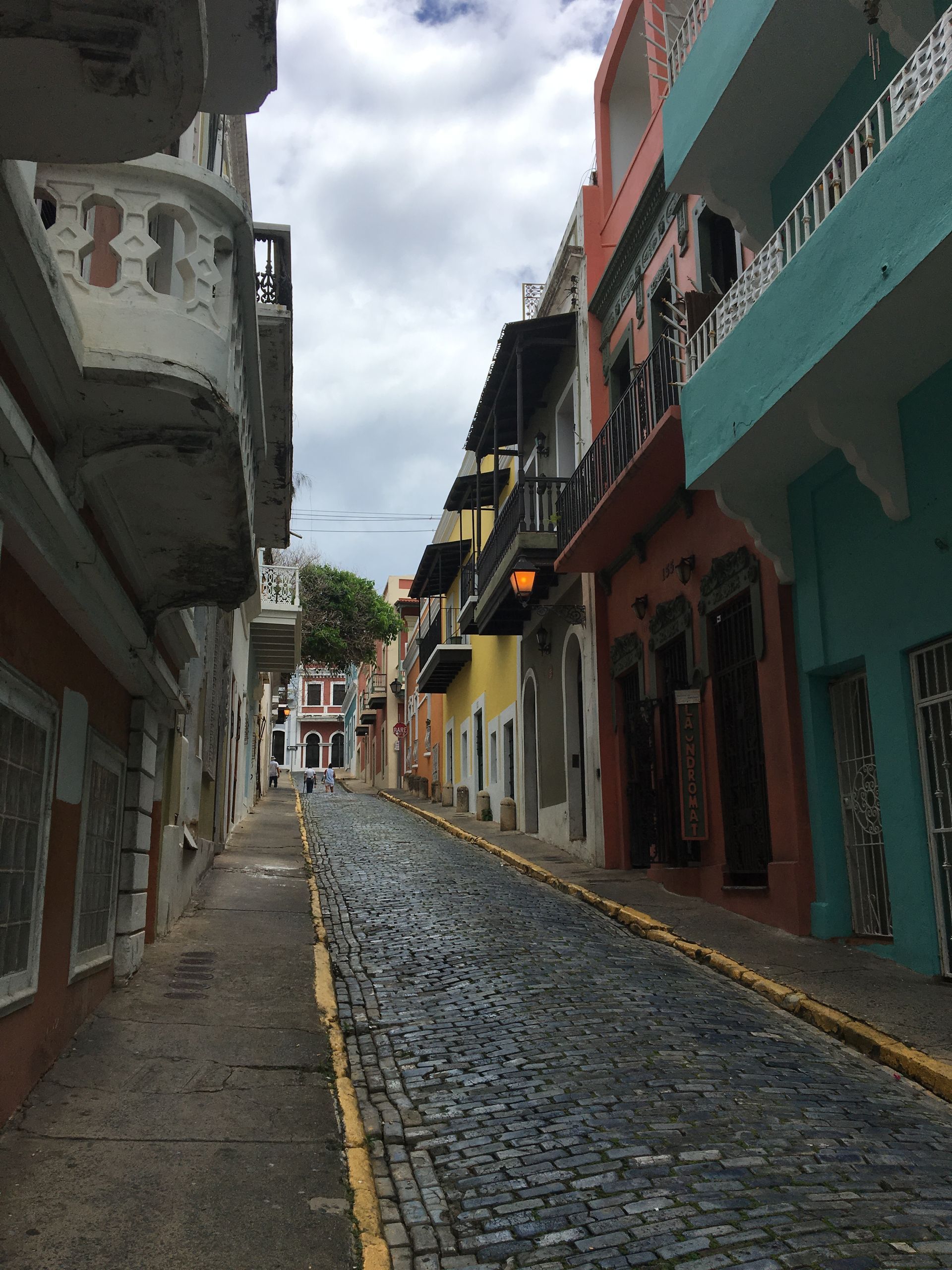
Tips when booking a place to stay
- Book a place with a generator/ solar that powers the whole place. The island loses power regularly and it’s too hot to be without air conditioning or at least fans, all your food goes bad, no internet, etc.… Trust me, it’s not fun.
- When you’re reading reviews look for people mentioning rosters crowing or dogs barking. If you’re not early risers, steer clear of those places.
- Some areas, especially on the west, are very spread out, so you could be nowhere near the actual town. Be sure to cross check the location on Airbnb/VRBO with the location on Google maps to see what it’s near, especially if you don’t want a long drive to restaurants, the grocery store, or the beach.
All-Inclusive Resorts
There are no true all-inclusive resorts in Puerto Rico. Some hotels will claim to be all-inclusive, but trust me, if you’ve ever stayed at a true AI you will be disappointed with the “All-Inclusive” in Puerto Rico. Honestly, if you want the type of trip when you go to a big resort where you never have to leave the property, Puerto Rico may not be the right destination for you. It really is the type of place where you want to get out and explore, eat at different places, and experience the local culture.
Hotel vs. Airbnb
My personal preference is to stay in a hotel in the San Juan are and a Airbnb, or other short term rental, when outside of the metro area.
Tips for water activities
The Beaches
West-facing beaches are generally calmer and safer in the winter months than north facing beaches, with the highest chance for big surf/ dangerous rips being from Jan-March. This blog has some helpful information on the safest beaches for swimming during the winter months. The surf calms down after March, June-October are generally calm and safe in most places unless there’s a big storm nearby. The southeast corner of the island gets hit with sargassum (seaweed) the worst, west facing beaches are less affected.
Generally, the beaches in Puerto Rico are gold sand beaches, like you would find in California or Hawaii. If you want white sand beaches, like Florida has, you will need to go to either the southwest corner of the island, or the outer islands or Vieques, Culebra, or Icacos. In terms of water clarity, this largely depends on the time of year, size of the surf, and direction of the currents. In the winter months the water is most likely to be clear on west-facing beaches, in the summer the water is often clear and blue everywhere.
Rivers & Waterfalls
One of my favorite parts of Puerto Rico, as opposed to most other Caribbean Islands, is that there are lots of rivers and waterfalls all over the island, mostly in the more mountainous areas. The main time they present any danger is when it is raining heavily. Never go in if the water isn’t clear and get out if it turns murky. This is often a sign of a flash flood upstream heading your way. Don’t ever dive into a swimming hole, even if you see locals doing it.
The Sun and Heat
The sun is WAY more intense than most people from the states are use to, especially if you are from a northern state, and you will burn before you even realize it. I can’t tell you how many times I’ve seen tourists a few days into their trip with red, blistered shoulders and the tops of their feet pealing. Wear a strong, reef safe, sunscreen (50spf or higher) to start your trip and work your way down as you get more color and reapply often. Bring a hat and sun shirt and take breaks from the sun, especially in the afternoon. This blog has some helpful tips on how to pack for your Caribbean vacation.
For more information on the weather during different times of the year, check out this blog.
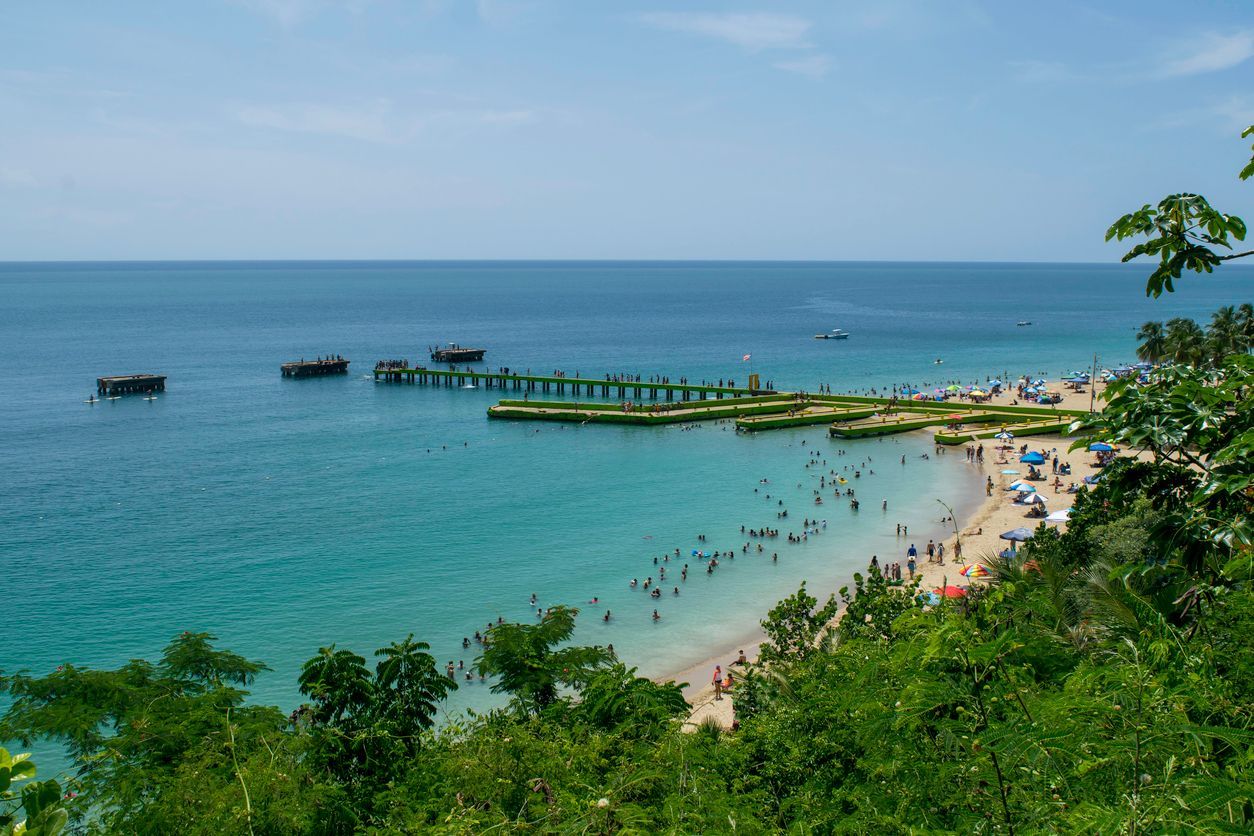
Eating in Puerto Rico
Dining Out
Restaurants are plentiful and a wide variety of food can be found all over the island. Many people assume that because Puerto Ricans speak Spanish that the food will be similar to Mexican food. This is not the case, it’s far more like Caribbean cuisine than Mexican cuisine. The food is not spicy, as in hot, but a lot of spices are used. My favorite Puerto Rican dish is mofongo, especially if it’s made with sweet plantains. It’s typically prepared as a bowl-shaped dish made of plantains, filled with steak or seafood, covered in a sauce made with Caribbean spices. Tostones (flattened fried plantains) and rice and beans are often served with dishes. I highly recommend getting mamposteao if you love rice and beans.
I love the food trucks in Puerto Rico and have often found they have the best food. Restaurants are often outdoors, especially outside of the San Juan area, so pick places close to the beach with a cool breeze, especially during the day in the summer. In the evenings bring some mosquito wipes with you just in case. If you are a picky eater, no need to worry, there is a wide variety of food available. Several Americanized dishes are offered at most restaurants and US food chains are all over the island.
Pro tip: Service is often much slower on the island, it’s not for lack of good customer service, but it’s a cultural thing. Puerto Ricans enjoy dinning out and taking their time to enjoy meals with friends and family. It is not something that’s meant to be rushed. If you go out to dinner don’t wait until you are really hungry and be prepared for it to take some time. If you are in a hurry or have to get the kids to bed, food trucks might be a better option.
Grocery stores
Grocery stores and Walgreens can be found all over the island and many are similar to the states, but you may not always be able to find the exact brand or item you want. For example, I have a particular type of cereal I like, and while there were always plenty of kinds of cereal to choose from, that exact cereal was hit or miss if it was in stock. Groceries do tend to be a bit more expensive than in the states, but not unreasonably so. Most towns have weekly farmers markets, which are a good option for getting high quality local produce, and a great way to support local businesses.

Cellphones
Most US carriers work on the island and don’t charge any international fees. I have Verizon and it always worked fine everywhere. If your phone it’s working when you first land on the island, make sure roaming is enabled and power your phone off and back on. Sometimes I have to do this a few times.

Hopefully this has put your mind at ease in regard to visiting the beautiful island of Puerto Rico. My final recommendation is not to plan too much during your visit. If you find a beach you love, stay and enjoy it. Don’t worry that you are missing out on a better beach down the road. Island time is a real thing, and everything moves a little slower in Puerto Rico. Don’t fight it but embrace it. Take your time, enjoy some sunsets and spend some quality time in whatever area you choose to visit. If you love it there, you can always come back and experience more of what the island has to offer!
For more pictures of Puerto Rico and blog updates, follow my Instagram and Facebook pages.
Subscribe to get updates!
Get E-mail updates whenever we post new content!
Contact Us
We will get back to you as soon as possible
Please try again later
